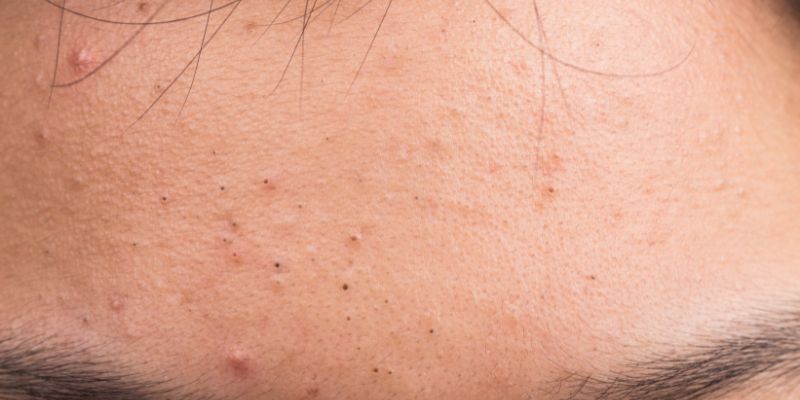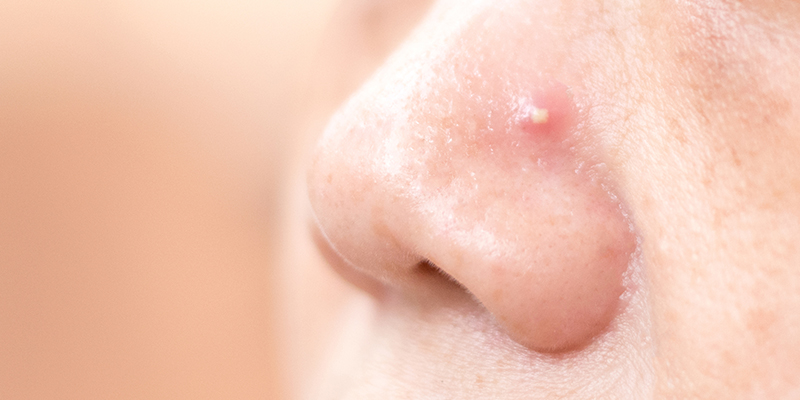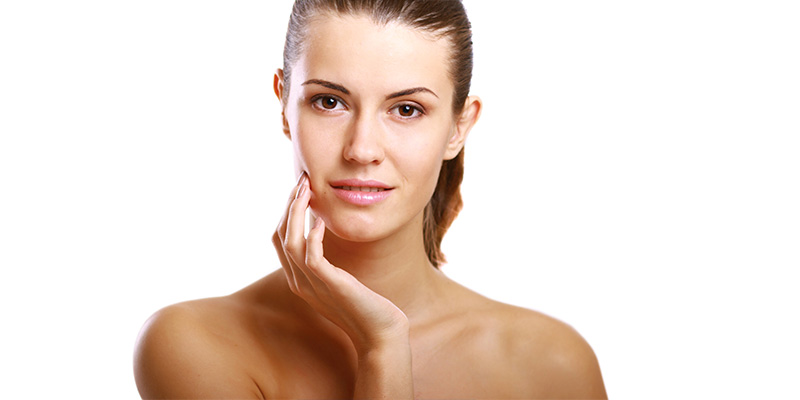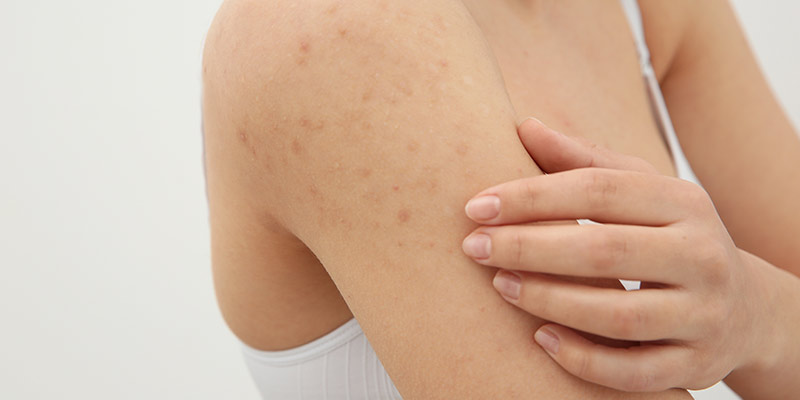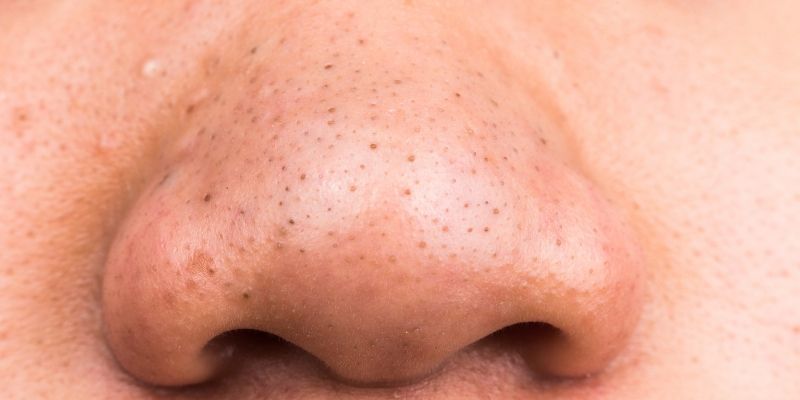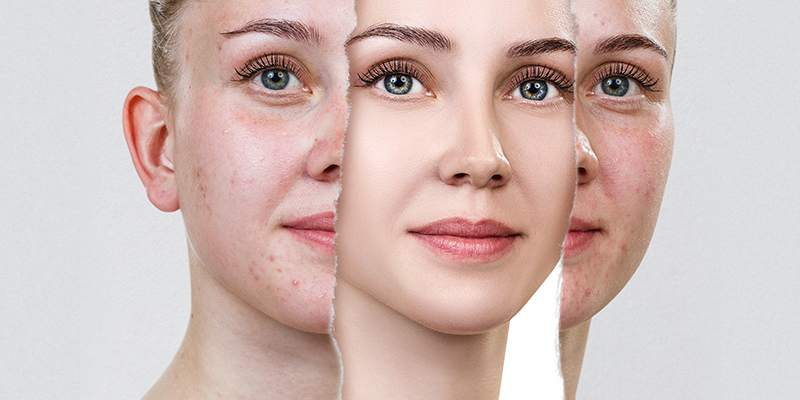How to Get Rid Of Sweat Pimples?
Sweating excessively due to physical activity or exposure to extreme heat can cause skin breakouts. Known as sweat pimples, these breakouts can be uncomfortable and cause irritation. But, you need not worry; this article has all the information you need about sweat pimples along with simple ways to prevent and treat them.
What Are Sweat Pimples?
Sweat pimples occur when excess sweat produced by the body mixes with dirt, bacteria or comedogenic products and clogs your skin’s pores. This leads to skin inflammation, irritation and the appearance of small, itchy bumps. Also, tight clothing, exercise gear like headbands, and face masks can cause pimples when they come in contact with sweat on the skin. Doctors call this acne mechanica and it mostly affects athletes.
The most common areas in which sweat pimples appear include your face, back and chest, under your breasts, armpits and other skin folds.
How Are Sweat Pimples Different From Regular Acne?
The two primary causes of regular acne are internal – hereditary and hormonal fluctuations, meanwhile sweat pimples are a result of bacterial, dirt or oil build-up and sweat blocking the pores. Also, sweat pimples are mostly pinkish and inflamed, while regular acne appears as whiteheads, blackheads, papules, pustules, nodules or cysts.
NOTE:
Sweat can be an aggravating factor for acne. If you have acne-prone or oily skin and experience breakouts regularly, we advise you to visit a dermatologist who can help you identify the root cause of your pimples and give you the right treatment.
What Causes Sweat Pimples?
When your body heats up, the sweat glands—eccrine and apocrine – release sweat to the skin’s surface through the pores as a cooling mechanism. If you have sebum, dirt, bacteria, or harsh skin/makeup products already blocking your pores, sweat aggravates it, causing breakouts or sweat pimples. Further, sweat has a favourable pH for bacteria, creating a breeding ground and, thereby, more pimples. Overweight and obese people are also susceptible to sweat pimples due to the presence of moist skin folds.
Home Remedies To Reduce Sweat Pimples
Home remedies for sweat pimples may be popular, but they are not scientifically-proven treatments. There is a good chance that they can further aggravate your pimples. Dermatologists recommend skincare and proper hygiene that can help make your skin less prone to sweat pimples.
Keep reading for expert tips.
Treatment Options Available For Sweat Pimples
If you notice sweat pimples on your skin, it is best to visit a dermatologist. Besides treating your sweat pimples, they can also rule out any other causes that may be triggering pimples on your skin.
For sweat pimples, dermatologists may recommend the following:
- Topical solutions include salicylic acid, cleanses dead skin cells by easily penetrating your pores, benzoyl peroxide, which also cleans dead skin cells, excess oils and kills bacteria and topical retinoids, which help clear blocked pores.
- Oral antibiotics after analysing if there are any other factors triggering your pimples.
- A proper skincare regimen, which includes regular cleansing, moisturising, and protection from harmful UVA rays and pollution with suitable products that meet your skin’s unique needs.
How To Prevent Sweat Pimples?
Here are expert-recommended preventive tips for sweat pimples:
- Make sure you gently wipe the sweat off your skin with a clean towel after a workout session. Shower as soon as possible after exercising.
- Avoid wearing makeup while working out as it can block your skin pores from releasing sweat.
- Avoid touching your skin too often and do not pop pimples as there is a high chance of bacteria spreading and causing more breakouts.
- Wear clean, breathable gym clothes and exercise gear.
- Avoid clothes that are too tight or fitted as they may cause irritation to your skin.
- Sleep on clean, dry sheets and pillow covers. Change them regularly.
- Always apply sunscreen, especially if you are going outside.
- Keep your hairline clean. Use shampoo regularly to avoid sweat pimples on the forehead or neck.
- Use non-comedogenic skincare and makeup products that do not clog skin pores.
- Have a skincare routine that suits your skin type and make sure you follow it consistently. Use a cleanser, moisturiser and sun protection every day.
EXPERT ADVICE
Moisture-wicking clothing made from synthetic fibres such as polyester, nylon, or spandex draws sweat from the skin and evaporates it quickly. In addition to wearing moisture-absorbing clothes, using topical probiotics can help rebalance the skin’s microbiome and reduce the growth of acne-causing bacteria. Look for products containing Lactobacillus and Bifidobacterium to reduce inflammation and prevent acne breakouts.
Sweat pimples often worsen due to overzealous skin care using comedogenic (pore-clogging) products. Some examples of comedogenic products to avoid include coconut oil, cocoa butter, and lanolin. Instead of using these ingredients, opt for non-comedogenic oils like jojoba or argan oil, which can help moisturise the skin without clogging pores.
Conclusion
Sweat pimples can be a major cause of irritation, but they are treatable. Maintaining proper skin hygiene and using the right skincare products are fundamental to treating/preventing sweat pimples. If you notice pimples, it is best to consult an expert dermatologist and get the right advice to safeguard your skin health in the long run.
Book an appointment at your nearest Oliva clinic today!
Frequently Asked Questions
Our certified subject matter experts do extensive research and collate facts from reputed scientific journals and international studies to create informative and engaging articles related to all your dermatology concerns. They strive to help you decipher medical jargon, distinguish fact from fiction and overcome paranoia. Our qualified medical board or expert panel goes a step further to verify these facts based on their rich academic knowledge, vast clinical experience and critical industry insights to ensure you consume only medically accurate content that empowers you to make informed decisions about your hair and skin-care treatments and weight management. Check out our Editorial policy for further details
https://www.ncbi.nlm.nih.gov/books/NBK482278/https://www.ncbi.nlm.nih.gov/pmc/articles/PMC5986265/




